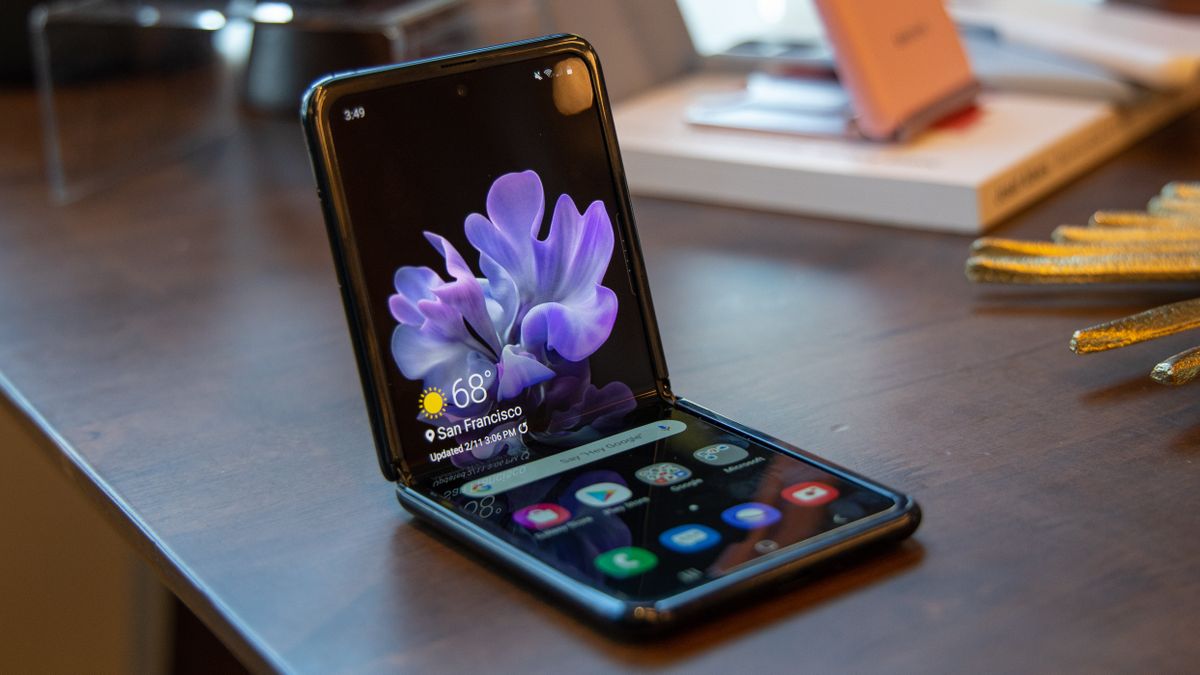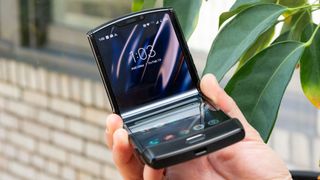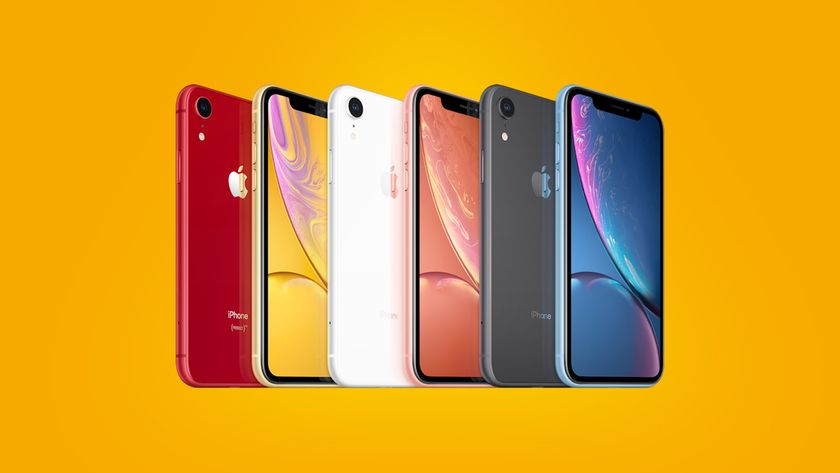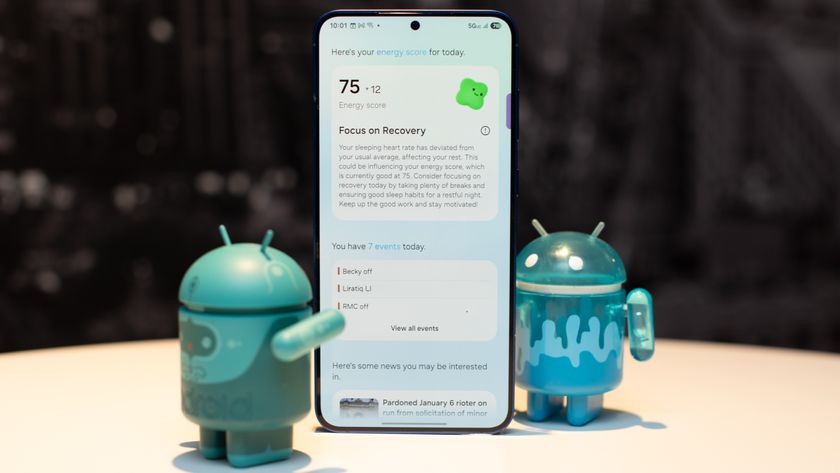What is an eSIM and why would you need one?
The humble SIM is going high-tech, and 'e' could mean 'exciting'

eSIMs (embedded SIMs) could soon be the standard type of SIM we use in our phones, and already a large number of handsets support them, but we wouldn't blame you if you haven't heard of them - let alone used one.
So far, while many high-end smartphones have an eSIM, most cheap phones don't, and even the handsets that do also have an old-fashioned removable SIM card slot for the most part. So you might not even realize your phone has an eSIM - because as standard you probably won't be using it.
But perhaps you should, and in the not so distant future, eSIMs might completely replace physical SIM cards.
So what really even is an eSIM and how does it change how you use your phone? Does your phone have one? Should you care? And which networks support them? We've collected all your likely questions below.
What is an eSIM anyway?
An eSIM – short for embedded subscriber identity model – is a digital version of the SIM card that you use to connect your phone to your network provider. It’s a chip inside your phone that can be reprogrammed to suit whatever network you want to use.
Think of it like the NFC chip you use for contactless payments, which works with whatever bank you bank with. An eSIM is the same, but it's designed for connecting you to your phone network.
What phones use eSIMs?
Apple introduced eSIM support in the iPhone XR and iPhone XS (as well as in the Apple Watch 4 and iPad Pro range) while Google did the same with the Pixel 3 and Pixel 3 XL. Since then, we've seen newer phones from these brands support eSIM too, including models like the iPhone 13 line and the Pixel 6 series.
Get daily insight, inspiration and deals in your inbox
Sign up for breaking news, reviews, opinion, top tech deals, and more.
Many Samsung phones also include eSIM support, particularly recent Galaxy S models (such as the Samsung Galaxy S22 line) and foldables (like the Samsung Galaxy Z Fold 3 and Galaxy Z Flip 3). Those devices all use eSIMs as a dual-SIM option, but the Motorola Razr is eSIM-only: it doesn’t use a standard SIM at all.
Some laptops have eSIMs too, as well as some tablets, but these are few and far between.
What networks support eSIMs?

Networks all over the world now support eSIMs. For example in the US, eSIMs work with AT&T, T-Mobile USA and Verizon Wireless.
In Australia you can connect to Optus, Telstra, Truphone and Vodafone, while in the UK there’s EE, O2, Vodafone and Virgin Mobile.
In addition to local providers, some worldwide providers also support eSIM. You'll want to look at Truphone, Ubigi, GigSky, eSIM.net, MTX Connect, Readtea Mobile and Soracom mobile.
What are the benefits of eSIMs?
There are several. First of all, it means that eSIM-only phones are essentially sold unlocked: you simply get the appropriate network settings from an app or via a QR code to program the eSIM and away you go.
Secondly, it takes up a fraction of the space a traditional SIM card does, even a nano-SIM. The SIM card slot is a pretty hefty bit of hardware, and doing away with it on an eSIM-only device makes life easier for smartwatch, fitness tracker and phone manufacturers. That's especially true for those wanting to make folding, flexible or oddly-shaped devices.
Physical SIM cards don’t like to be bent, and because there’s no need for a connector for the card there’s one fewer thing to go wrong.
Here’s a good example: think of a pair of augmented reality glasses. With physical SIM cards you’ll end up with something that makes you look like Elton John. With an eSIM, designers can be much more subtle. And that same portability has interesting implications for smart home tech and the Internet of Things: devices with eSIMs won’t need to be tethered to you phone or your Wi-Fi router.
Thirdly, you can potentially pick and choose who you want your phone to connect to for different things. For example, you might have one line for calls and a different one for data because network A is great for voice but network B has better 5G speeds, or because you’re in another country and the local network is cheaper for data than your usual provider.
That’s not the only big benefit for holidaymakers and business travelers. If your phone has an eSIM you don’t need to physically swap SIM cards when you travel – and you won’t necessarily need to change your number when you swap networks either. Because your eSIM can store multiple network details and logins, that means you can simply change your eSIM when you arrive in a different country and start using the appropriate network immediately.
Is eSIM an industry standard?
It is. eSIM is a global specification from the GSM Association, the industry organisation that represents the world’s mobile network operators.
eSIM is the only globally-backed remote SIM specification, so you don’t need to worry about a VHS/Betamax situation where there are competing and incompatible standards.
Writer, broadcaster, musician and kitchen gadget obsessive Carrie Marshall has been writing about tech since 1998, contributing sage advice and odd opinions to all kinds of magazines and websites as well as writing more than a dozen books. Her memoir, Carrie Kills A Man, is on sale now and her next book, about pop music, is out in 2025. She is the singer in Glaswegian rock band Unquiet Mind.













